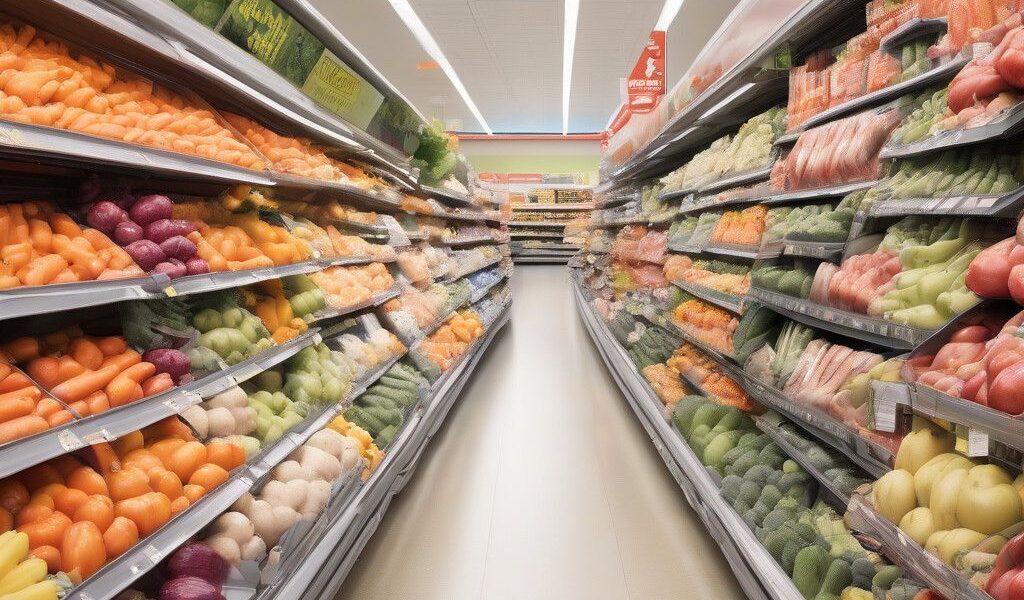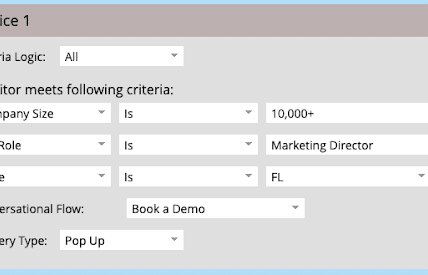In the world of food retail, staying ahead of the competition requires a combination of strategy, innovation, and swift responses to changing market conditions. This week’s edition of The Friday 5 brings attention to significant developments at ALDI, a troubling E. coli outbreak, and notable strides by Grocery Outlet and Walmart.
1. ALDI’s Big Week
ALDI recently announced the expansion and renovation of its U.S. headquarters in Batavia, Illinois. This $100 million project aims to improve operational efficiency and foster a workplace that encourages collaboration and productivity. Brian Holcombe, director of national services facilities at ALDI U.S., emphasized the importance of creating an environment that makes employees feel at home. The refurbishment will update three existing office buildings and introduce a fourth structure that features open spaces designed for teamwork.
In addition, ALDI is set to host a Charcuterie Chalet in Chicago from December 4-5, showcasing over 90 cheeses, charcuterie, and wines. This event invites customers into a holiday wonderland where they can sample and purchase products that reflect ALDI’s commitment to quality at affordable prices. Such initiatives highlight ALDI’s strategy: creating memorable customer experiences while promoting their product range.
Moreover, ALDI U.S. President Dave Rinaldo shared insights into the brand’s guiding principles, focusing on private label momentum and potential partnerships with retailers to enhance product offerings. This strategic focus places ALDI in a strong position within the competitive grocery landscape.
2. Another E. Coli Outbreak Hits Food Industry
Recent news revealed that Grimmway Farms recalled organic whole and baby carrots due to potential E. coli contamination. These carrots were distributed to grocery chains, including Trader Joe’s, Sprouts, and Walmart, raising concerns for customers and retailers alike. As of November 21, the CDC reported 39 illnesses linked to the outbreak, prompting an investigation into the farm’s practices.
Jeff Huckaby, President and CEO of Grimmway Farms, expressed deep concern for customers’ health. The company is collaborating with health officials to review its growing and processing procedures. This incident highlights the ongoing challenges in food safety, underscoring the need for stringent safety protocols and responsive actions from growers and retailers.
3. Grocery Outlet Cuts Ribbon on New Ohio Store
This week, Grocery Outlet opened a new store in Ontario, Ohio, marking its third location in the state. The company has experienced a notable uptick in sales, reporting a 10.4% increase to $1.11 billion in net sales during the third quarter. Despite facing challenges with average basket sizes, comparable-store sales increased by 1.2%.
Eric Lindberg, chairman and interim president and CEO, credited this growth to a robust consumer offering that prioritizes value. As consumers continue to seek cost-effective shopping experiences, Grocery Outlet’s expansion reflects its strategy to capitalize on increasing demand for budget-friendly options.
4. Walmart Captures Massive Grocery Share
Walmart has captured an impressive 21.2% of the grocery market share in the past year, significantly outperforming competitors like Kroger and Costco. This growth can be attributed to the retail giant’s commitment to providing low prices, particularly in food categories, as inflation pressures consumers to stretch their dollars further.
During the previous quarter, Walmart implemented price rollbacks on approximately 6,000 items, enhancing its appeal to budget-conscious shoppers. John David Rainey, Walmart’s EVP and CFO, emphasized the company’s priority on offering everyday low prices across its national and private brand assortments.
5. Amazon Remains Lowest-Priced Online Retailer
In contrast to Walmart’s traditional store approach, Amazon continues to dominate online retail as showcased in the latest “Price Wars” study. According to Profitero, Amazon holds the title for the lowest online prices in the U.S., boasting a 14% price advantage over its rivals across various product categories, including health care and household supplies. This advantage, although slightly reduced from the previous year, reinforces Amazon’s standing as a go-to source for competitive pricing in e-commerce.
The juxtaposition between Walmart’s physical store strategies and Amazon’s online pricing highlights the distinct ways retailers are adapting to consumer preferences and market conditions.
In summary, ALDI’s strategic renovations and innovative customer engagements, alongside the challenges posed by health safety incidents and competitive pricing strategies from both Walmart and Amazon, illustrate the dynamic nature of the food retail industry. Retailers must remain agile and responsive to succeed in this fast-paced environment.












